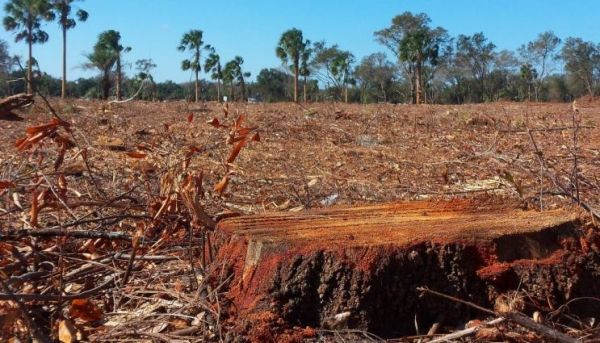In a new study in Geophysical Research Letters, Lawrence Livermore National Laboratory (LLNL) scientists and collaborators looked at how much carbonyl sulfide (OCS) comes from forest fires and other burning biomass, as opposed to other sources.
Carbon dioxide (CO2) alone cannot provide estimates of photosynthesis (taking up CO2) because plants and ecosystems also respire (releasing CO2), so measuring CO2 only provides information on the small difference between these two large fluxes. In contrast, OCS is taken up like CO2, but is not respired and therefore provides information on photosynthesis by itself. This is important for monitoring how ecosystems respond to stresses such as droughts and diseases.
The team estimated OCS emissions from fires around the world based on where fires occurred and what was burned. They then used a computer model to see whether their estimates lined up with real‐world measurements of OCS in the atmosphere – and the results were interesting.
Continue reading at Lawrence Livermore National Laboratory
Image via Lawrence Livermore National Laboratory


